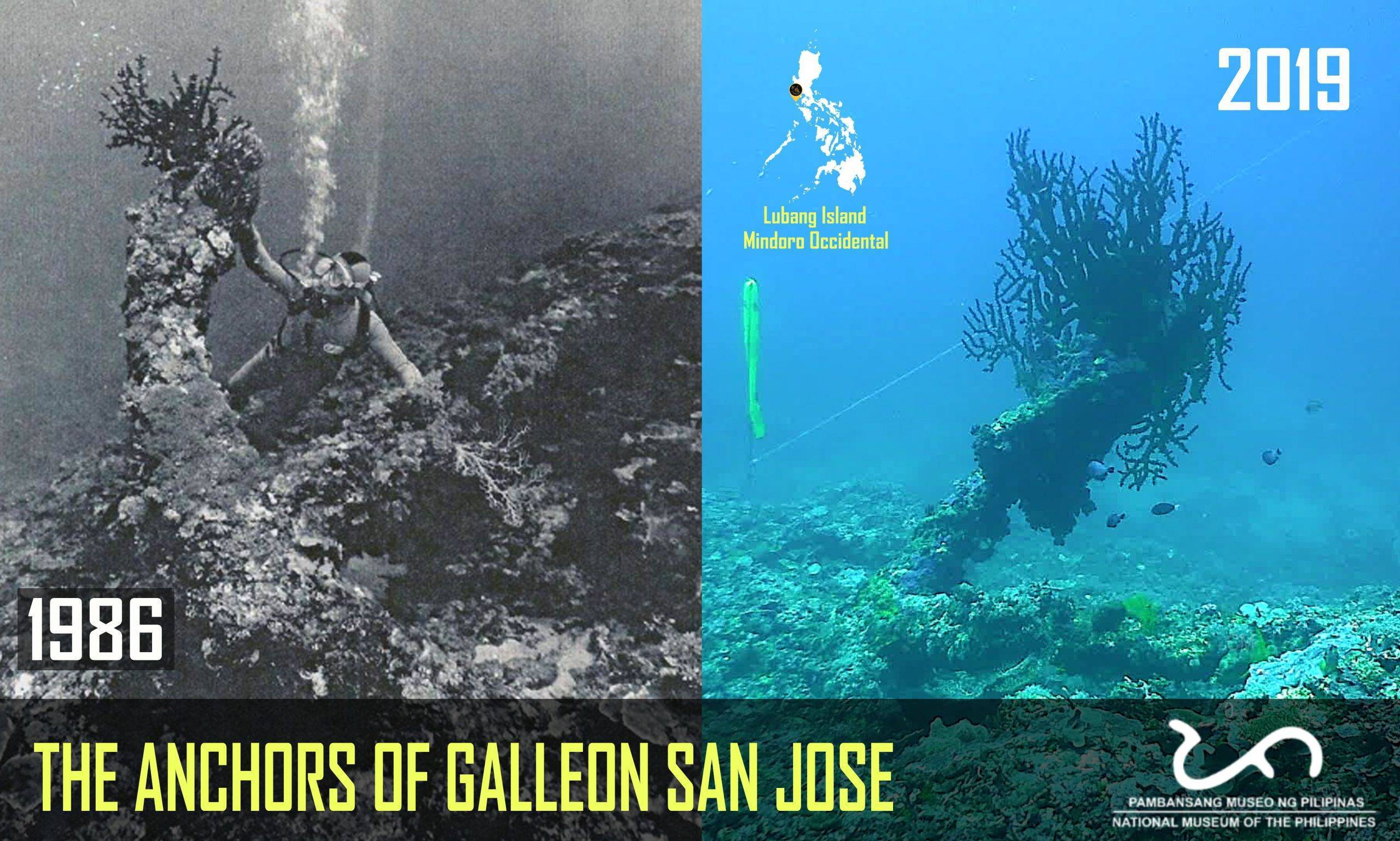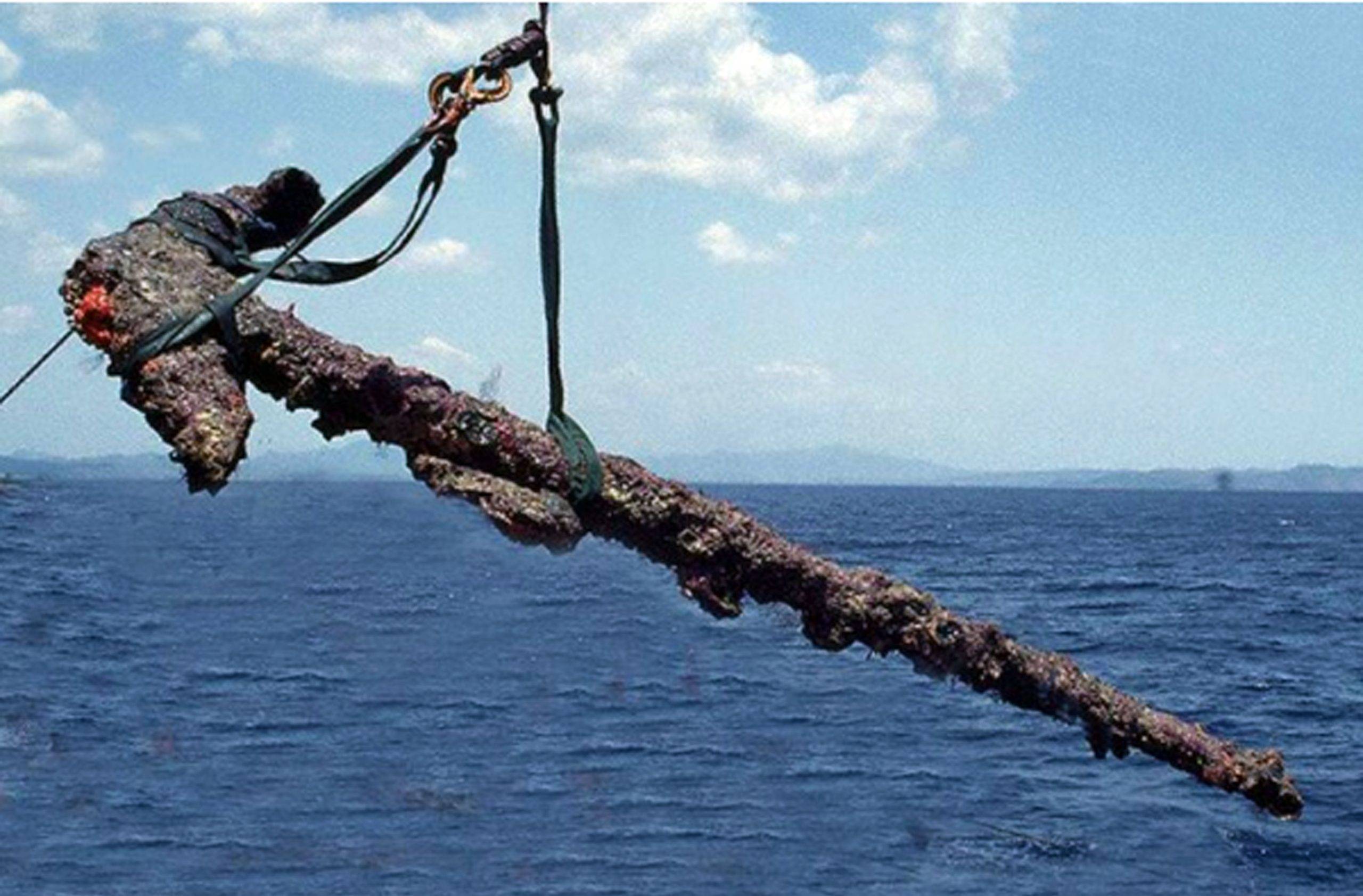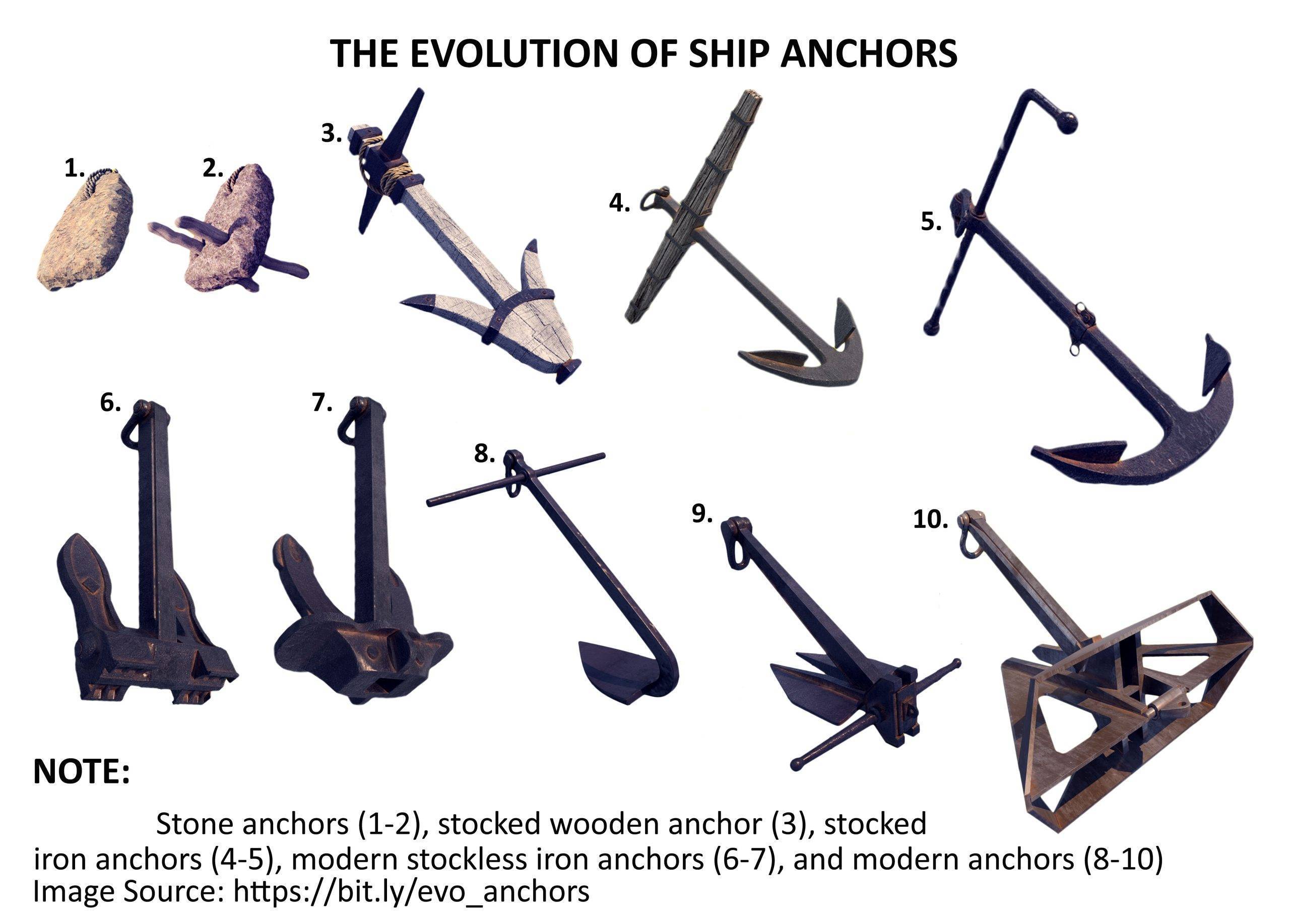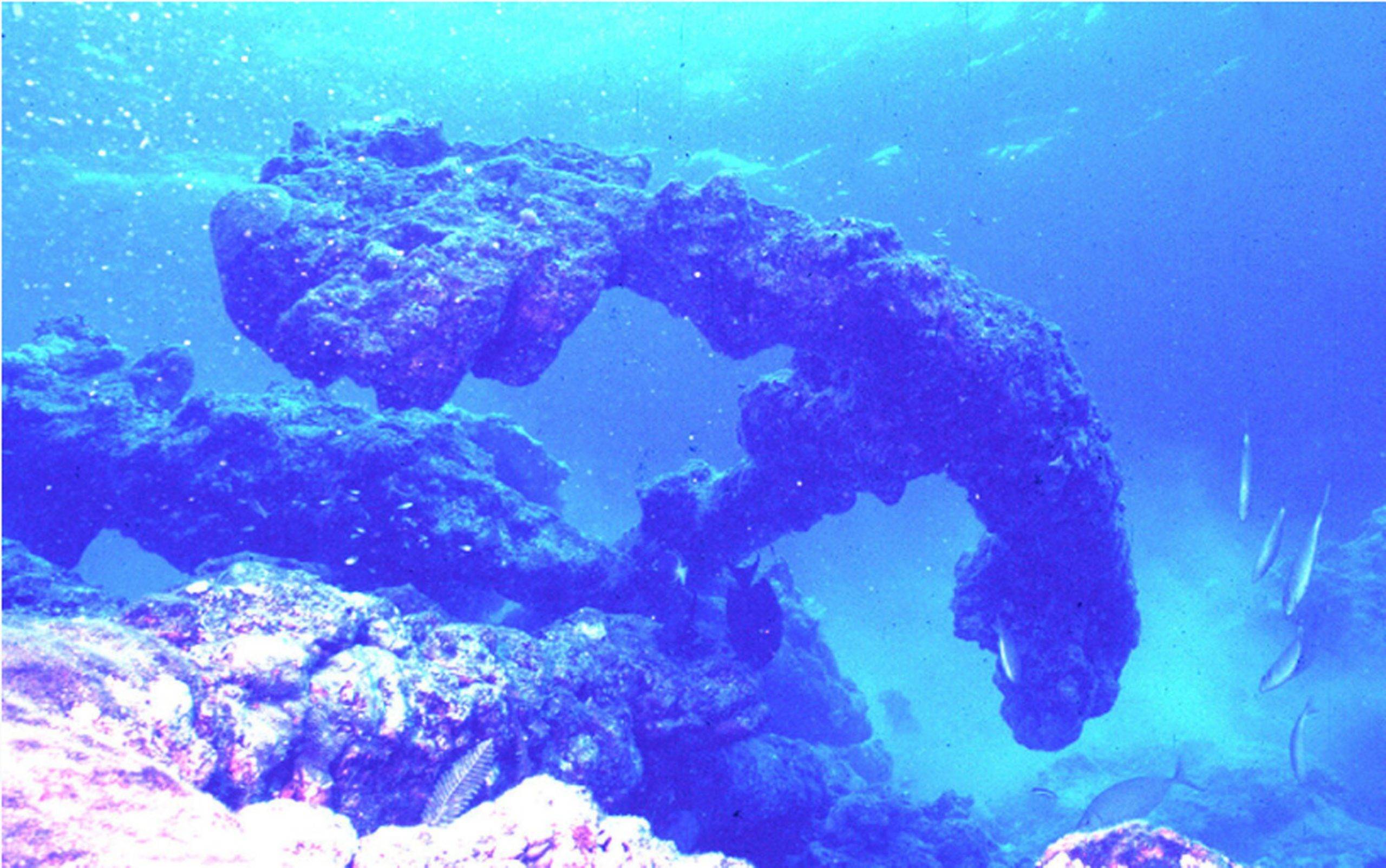Mortuary Vessels
In the continuing observance of #Undas2021, today’s #TrowelTuesday features mortuary vessels found in archaeological sites in the Philippines.
Our precolonial ancestors buried the dead in different ways. The tradition of using mortuary vessels or “burial jars” involves a method in secondary burial, wherein the remains of the dead initially buried to decompose will be transferred into the vessel for reburial. Archaeological evidence of mortuary vessels is found across the Philippines and neighboring countries including Taiwan, Brunei, Indonesia, central Vietnam, and Malaysia, usually in coastal areas, caves, and in open sites. These vessels vary in size, shape, and artistry, and often made of earthenware.
In the Philippines, various mortuary vessels with exceptional artistry have been discovered since the 1950s. Mortuary vessels found in archaeological context were usually used as a secondary burial. However, there are exceptions such as the Bacong Burial Vessels that served in primary burial where the dead was directly placed inside (https://tinyurl.com/BacongBurialVessels). These mortuary vessels often contain grave goods such as earthenware pots, imported ceramics, nephrite (jade), glass beads, and shell jewelry. Grave goods seldom indicate the socio-economic status of the buried individual, although the act of burial within a jar can also signify an elevated status itself.
The Philippines also boasts some unique and intricate designs of mortuary vessels, some with an anthropomorphic element such as the Maitum Jars (https://tinyurl.com/MaitumMortuaryPotteries) and Manunggul Jar (https://tinyurl.com/ManunggulBurialJar). Others have zoomorphic designs like the Banton wooden coffins (https://tinyurl.com/BantonBoatCoffin). Materials used for mortuary vessels can also contribute to their design and artistry. Mortuary vessels found in Kulaman Plateau, Sultan Kudarat (https://tinyurl.com/KulamanLimestoneBurialUrns) and the box-like sarcophagi of Mt. Kamhantik Site in Mulanay, Quezon (https://tinyurl.com/KamhantikLimestoneSarcophagi) were uniquely carved from limestone. Other materials and artifacts were also associated with mortuary vessels, such as the volcanic stone covers in Little Tigkiw Site (https://tinyurl.com/LittleTigkiwJarBurials).
The use of mortuary vessels in an archaeological context indicates the indigenous communities’ complex belief systems, burial practices, and worldview of life and death even before the Spanish colonization.
Mortuary vessels and other associated artifacts are currently displayed at the “Kaban ng Lahi: Archaeological Treasures” and “Palayok: The Ceramic Heritage of the Philippines galleries of the National Museum of Anthropology”. Your #NationalMuseumPH re-opened its doors to the public following the IATF guidelines for Alert Level 3 in Metro Manila. Book your slot or explore our collections and exhibitions on this website.
#MortuaryVessels
#ArchaeologyOfTheDead
#MuseumFromHome
#YearOfFilipinoPrecolonialAncestors
© National Museum of the Philippines (2021)
Text by Gerard Palaya, and poster by Timothy James Vitales | NMP Archaeology Division













